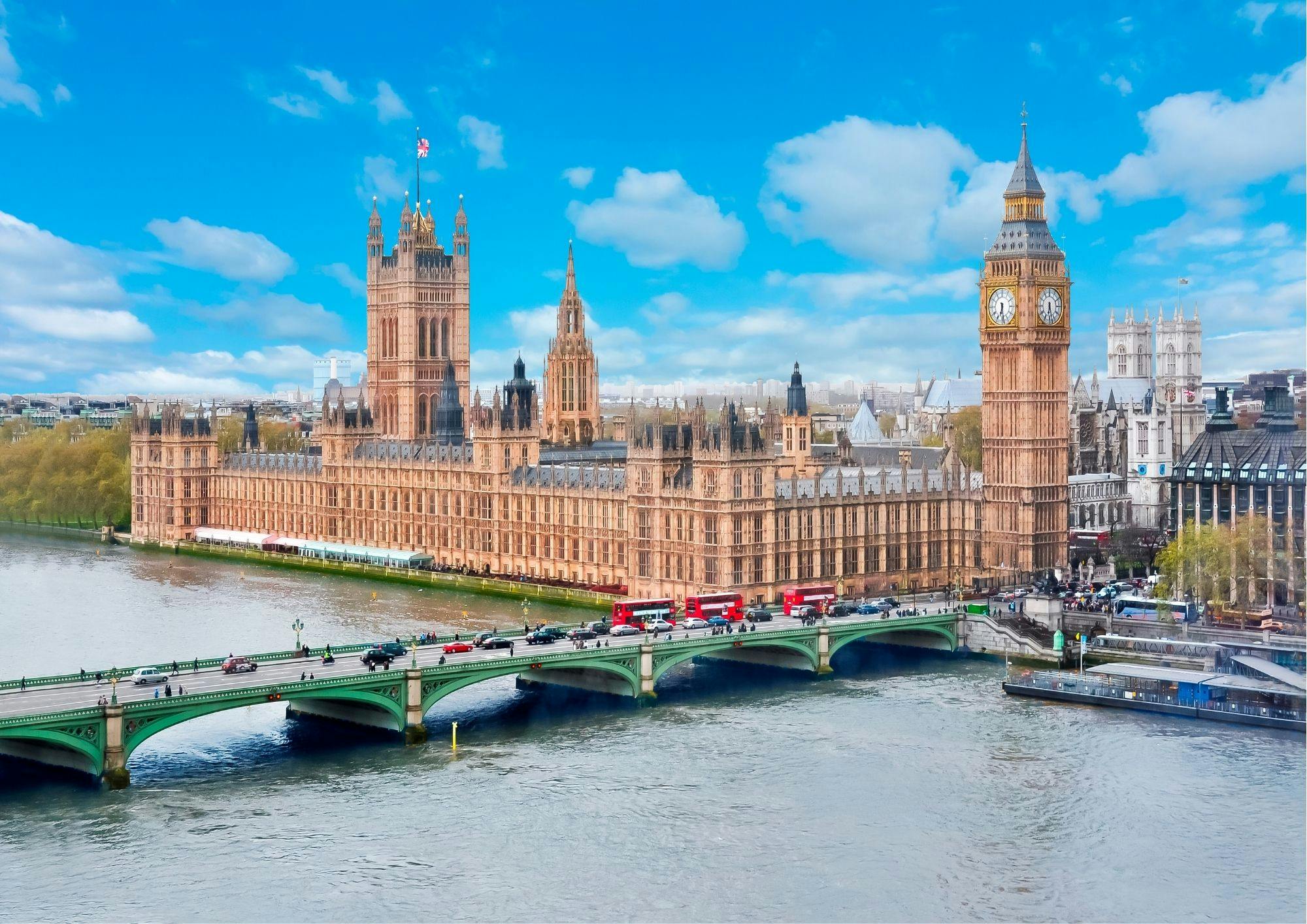Alongside addressing the immediate challenges of coronavirus, the government recognises the importance of acting now to create the conditions for an investment-led recovery driven by growth within the private sector.
Rishi Sunak presented the government’s latest measure to unlock investment within the private sector, announcing the introduction of the ‘Super Deduction’.
At a cost to Exchequer to the sum of £25 billion over the next two years, the super-deduction provides additional tax relief for companies on qualifying capital expenditure incurred.
Super deduction capital allowances
From 1 April 2021 until 31 March 2023, companies investing in qualifying new plant and machinery assets will be able to claim tax relief, as a deduction against taxable trading profits, of:
- 130% first year allowance on qualifying plant and machinery assets; or
- 50% first year allowance for qualifying special rate assets.
The super-deduction has not been extended to unincorporated businesses, or other structures such as Limited Liability Partnerships (LLPs), so the self-employed unfortunately miss out.
Example
A construction company with net taxable trading profits of £50 million (before capital allowances), incurs £10 million on new equipment qualifying for the 130% first year allowance. Following the claim, the company can reduce their taxable income by £13 million (£10 million x 130%). Based on a corporation tax rate of 19%, the company will reduce their tax bill by £2.47 million.
In comparison, if the investment was incurred now this would only reduce the taxable profits by £2.6 million, resulting in a tax reduction of £494,000, based on a corporation tax rate of 19%.
The super-deduction allowance is available to use together with the Annual Investment Allowance (AIA), which currently provides 100% tax relief on qualifying capital expenditure up to the value of £1 million, reducing to £200,000 from 1 January 2022.
The super-deduction relief, in conjunction with the AIA, will be a useful tax planning tool for most companies. For example, the 100% AIA can be claimed for expenditure on qualifying special rate assets, up to the available limit before utilising the 50% first year allowance.
Companies that are currently planning on investing now may wish to delay the timing of qualifying capital expenditure until April 2021, however, it should be noted that any such expenditure incurred as a result of a contract entered into before 3 March 2021 will not apply, whether or not an unconditional obligation to pay it arises on or after that date.
Setting aside the headline statements and taking a closer look at the fine print, it would appear that companies will need to take careful tax planning before making investments to ensure they qualify for tax relief.
Firstly, not all capital expenditure will qualify for the super-deduction. For example, the relief only applies to qualifying plant and machinery that is “unused and not second-hand”, so companies will need to ensure any assets they wish to qualify for the super-deduction is brand new.
Super deduction conditions
Also, plant and machinery expenditure which is incurred under a Hire Purchase, or similar contracts, must meet additional conditions to qualify for the super-deduction.
If a company disposes of an asset which was originally subject to a 130% super-deduction claim, a balancing capital allowance charge for capital allowances will arise in the period of disposal. The disposal value for capital allowance purposes will be based on the level of the disposal receipts received. There is also an adjustment for special rate assets where 50% first year allowances have been claimed.
If the disposal arises in an accounting period commencing before 1 April 2023, the balancing charge will be multiplied by a factor, up to 130%, determined by the number of days in the accounting period falling before 1 April 2023. Care will therefore need to be taken for businesses that have frequent turnover of plant and equipment.
Following the announcement that corporation tax will be raised to 25% for large companies (with taxable profits exceeding £250,000) from April 2023, this may lead to tax asymmetry on the disposal of super-deduction assets. For example, a large company disposing of an asset from April 2023 may be charged at the corporation tax rate of 25% on the disposal value, however, would have originally obtained tax relief of 19% on the original purchase.
There is also expected to be added complexities surrounding the cut off period of the super-deduction in April 2023, as the rate of the super-deduction will require apportioning, on a time apportioned basis, where a company’s accounting period straddles 1 April 2023. Companies looking to invest substantially in late 2022 or early 2023 should consider obtaining tax advice to assess how much they can invest before April 2023 and/or ways to mitigate the risk of losing the tax relief.
With the Office of Budget Responsibility (OBR) forecasting the super-deduction will lead to a boost in investment in the private sector by 10%; around £20 billion more per year, the new measure should help grow the economy by creating jobs, driving innovation and revitalising local areas and regions across the UK.
Whilst welcome, companies will only receive tax relief at the date their corporation tax is payable, therefore, will need to monitor their cash flow in the meantime.
For more information or to speak to an adviser
Related news

Budget 2021
The Chancellor Rishi Sunak presented his second Budget on Wednesday 3 March 2021. In his speech he stated his Budget ‘meets the moment with a three-part plan to protect the jobs and livelihoods of the British people’.









